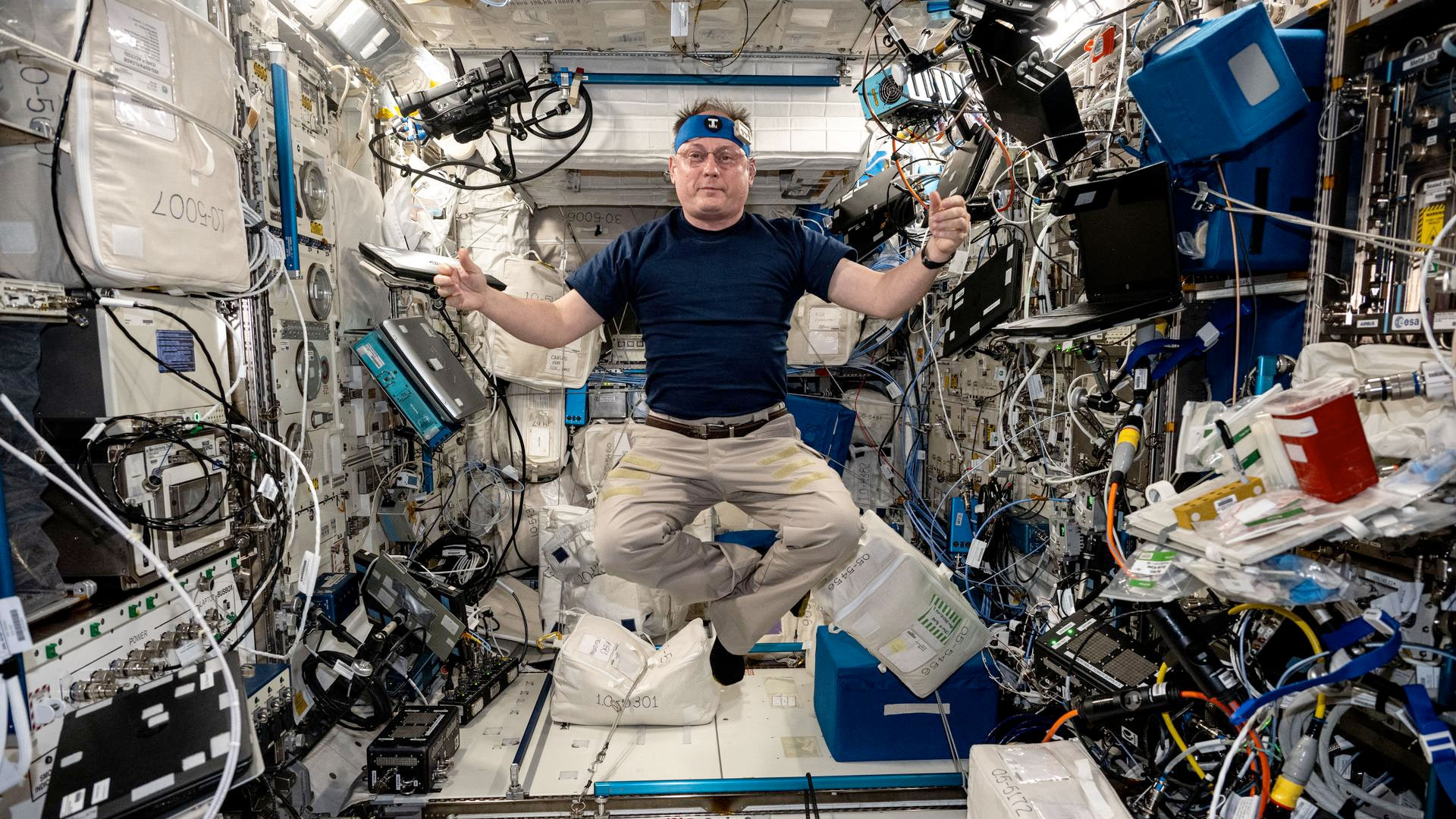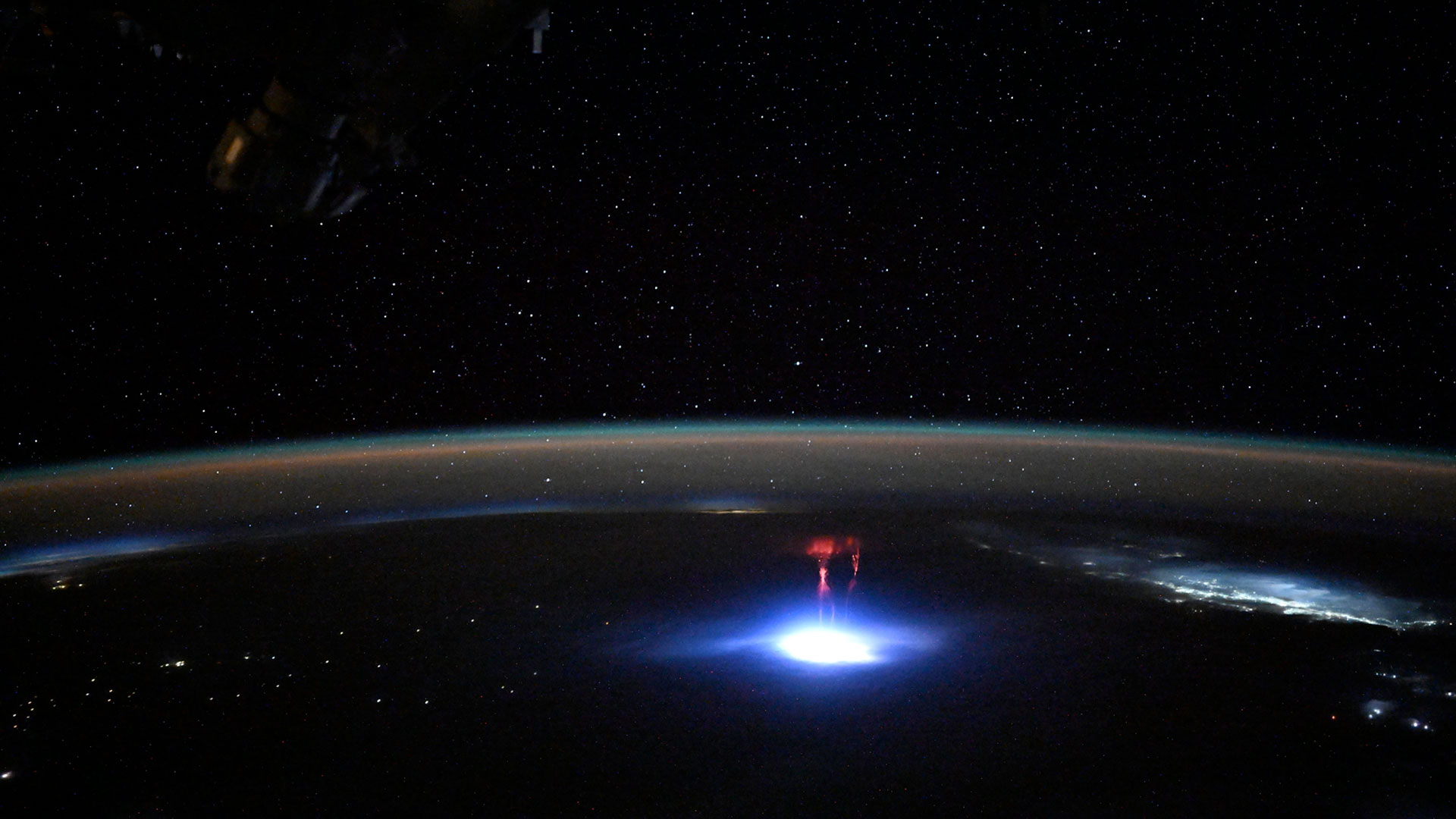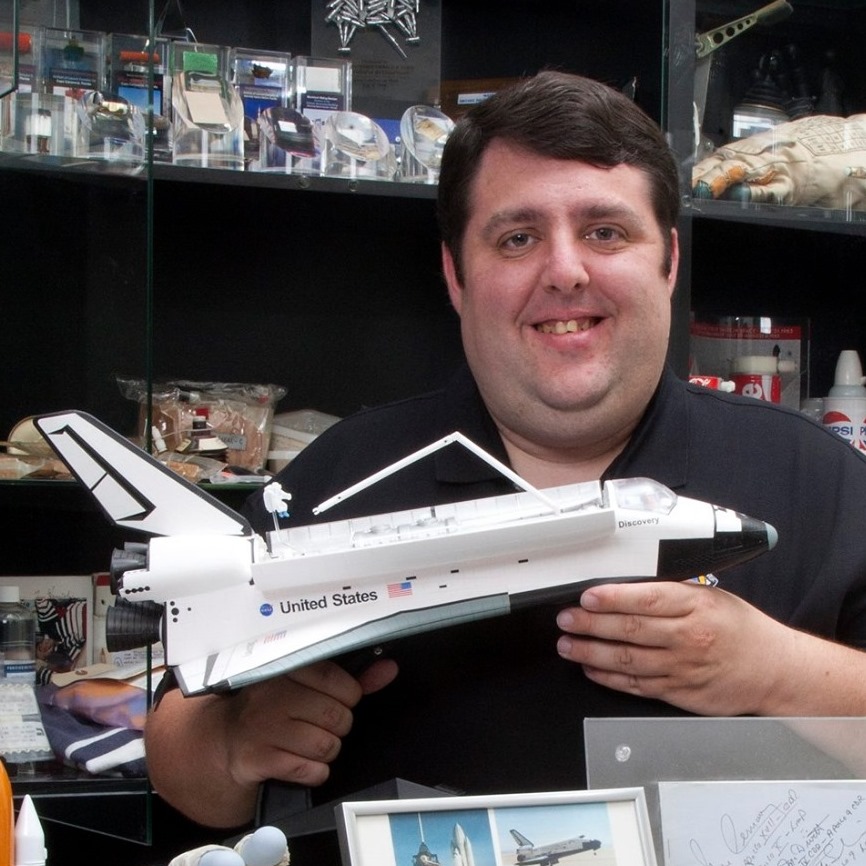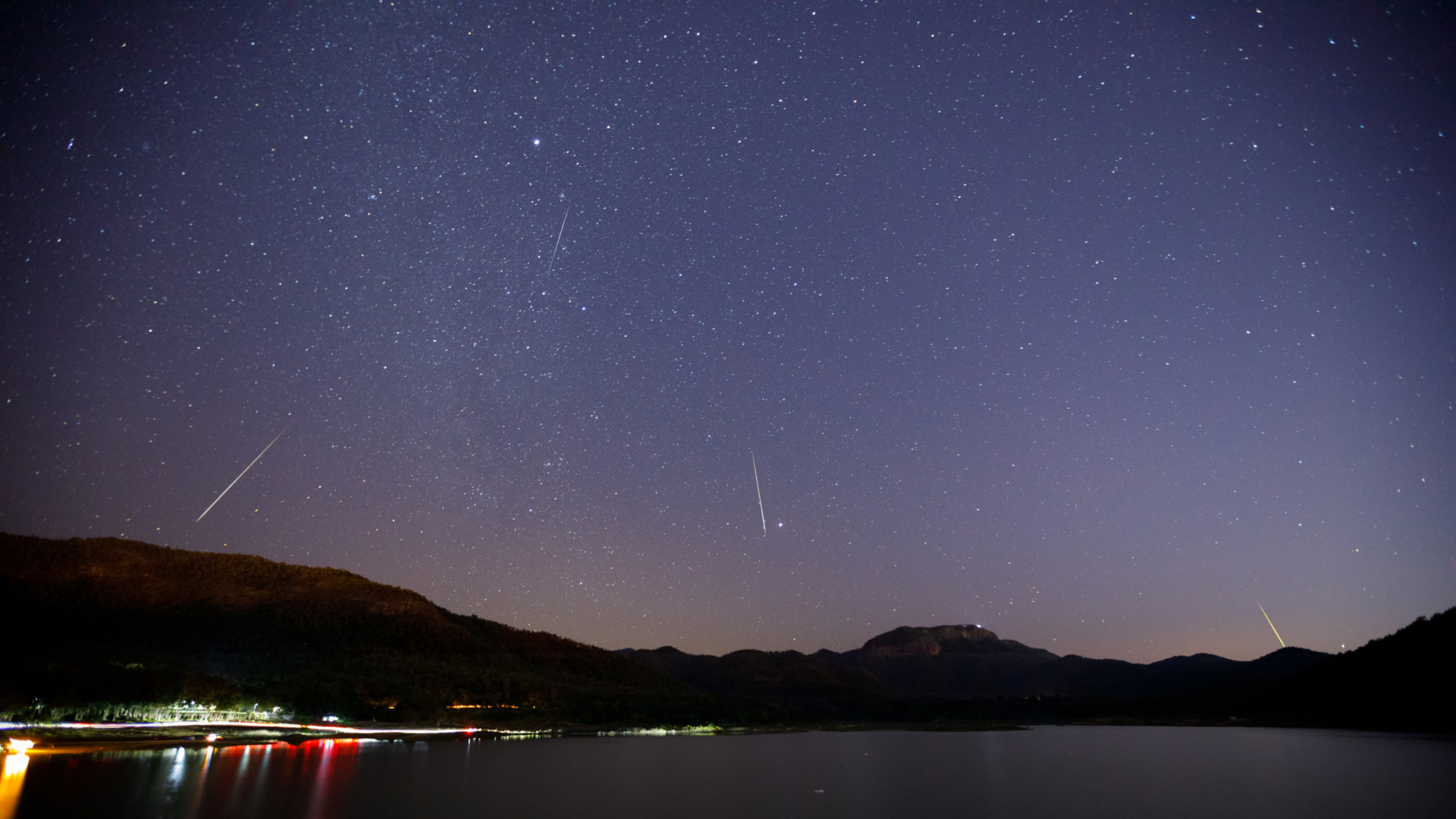NASA astronaut marks his 400th day in space | On the International Space Station Aug. 18-22, 2025
The last time Mike Fincke was in space, he set a cumulative time in space record for an American astronaut. This week, he notched a personal milestone.

The Expedition 73 astronauts and cosmonauts focused on medical and physiological data collection, as well as Earth observations and servicing spacesuit cameras this week aboard the International Space Station.
Orbital observation
In 2011, on his third mission, Mike Fincke set a new record for cumulative time in space by an American astronaut — 381 days. That record has since been surpassed by several astronauts, but this week Fincke notched a personal milestone.
On Wednesday (Aug. 20), Fincke reached this 400th day on the International Space Station (spread over four flights). He is now the ninth American and 38th person worldwide to have surpassed 400 days off Earth.
Mission Control in Houston celebrated the occasion with a special display on the room's large front screen, which Fincke and his crewmates could see via a live video connection.

Science status
Among the research that was conducted by the Expedition 73 crew aboard the space station this week was:
Bio-Monitor — Flight engineer Jonny Kim with NASA spent two days this week wearing a Canadian-designed vest to collect data about the health of his heart and blood flow. The garment is intended to ease taking physiological measurements without being as intrusive as separate electrodes and other apparatuses.
Immunity Assay — Kimiya Yui with JAXA (the Japan Aerospace Exploration Agency) collected saliva and blood samples and froze them for their later return to Earth as part of a study looking into the effects of microgravity on cellular immune functions.
Breaking space news, the latest updates on rocket launches, skywatching events and more!
CIPHER — As part of a collection of 14 ongoing studies, NASA astronaut Zena Cardman used the ARED, or Advanced Resistive Exercise Device, to see how much force she could register while performing static dead lifts. She also used ARED to exercise her back, shoulders, biceps and triceps before running on a treadmill.
Ultrasound 2 — Cardman and Kim also worked together to use an ultrasound device to scan Cardman's arteries as another part of the CIPHER studies.
Station keeping
The Expedition 73 crewmates also took part in activities to maintain the space station's systems and prepare for future research.
Kubik — Jonny Kim and Kimiya Yui set up two incubators in the European Space Agency's Columbus laboratory. The small, temperature-controlled devices will be used with upcoming self-contained research investigations.
Suit cams — Zena Cardman and Mike Fincke worked in the U.S. Quest airlock to service high-definition cameras that are mounted to extravehicular mobility unit (EMU) helmet assemblies. As part of the work, Fincke peeled off and reapplied the foil tape that shields the cameras from the extreme temperatures of the vacuum of space.
Progress MS-30 (91P) — Sergey Ryzhikov and Alexey Zubritsky, both with the Russian space agency Roscosmos, wrapped up stowing spent equipment and refuse aboard this Russian cargo spacecraft and closed its hatch. The Progress will depart the station in September and be destroyed in Earth's atmosphere.
Preparations were also underway for the next U.S. supply delivery. SpaceX is working toward launching the CRS-33 Dragon spacecraft this weekend (Sunday, Aug. 24).
Astronaut activity

Try as he might, Kimiya Yui was unable to capture any images of transcient luminous events (TLE) during his previous stay on the International Space Station. This week, his luck changed.
"Yesterday, we managed to capture it twice — what luck! This post is wishing everyone good fortune as well!" wrote Yui on social media on Tuesday (Aug. 19).
"While lightning is terrifying from the ground, it looks beautiful when seen from space, which is a bit unsettling," he wrote. "It was purely by chance that I managed to capture [the red sprite] amidst a lot of lightning, so it was just a matter of luck."
By the numbers
As of Friday (Aug. 15), there are 7 people aboard the International Space Station: Expedition 73 commander Sergey Ryzhikov of Roscosmos; fellow cosmonauts Alexey Zubritsky and Oleg Platonov; Jonny Kim, Zena Cardman and Mike Fincke of NASA; and Kimiya Yui of JAXA, all flight engineers.
There are two docked crew spacecraft: SpaceX's Dragon "Endeavour" attached to the zenith port of the Harmony module and Roscosmos' Soyuz MS-27 attached to the Earth-facing port of the Prichal node.
There are two docked cargo spacecraft: Roscosmos' Progress MS-30 (91P) attached to the aft port of the Zvezda service module, and Progress MS-31 (92P) docked to the space-facing port of the Poisk module.
As of Friday, the space station has been continuously crewed for 24 years and 9 months and 20 days.

Robert Pearlman is a space historian, journalist and the founder and editor of collectSPACE.com, a daily news publication and community devoted to space history with a particular focus on how and where space exploration intersects with pop culture. Pearlman is also a contributing writer for Space.com and co-author of "Space Stations: The Art, Science, and Reality of Working in Space” published by Smithsonian Books in 2018.
In 2009, he was inducted into the U.S. Space Camp Hall of Fame in Huntsville, Alabama. In 2021, he was honored by the American Astronautical Society with the Ordway Award for Sustained Excellence in Spaceflight History. In 2023, the National Space Club Florida Committee recognized Pearlman with the Kolcum News and Communications Award for excellence in telling the space story along the Space Coast and throughout the world.
You must confirm your public display name before commenting
Please logout and then login again, you will then be prompted to enter your display name.
